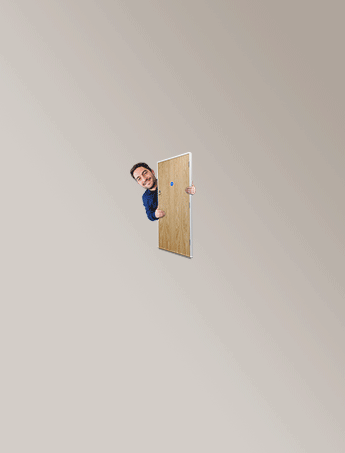In a world grappling with climate imperatives, rising costs, and resource scarcity, one message is becoming increasingly clear from consumers: we want the right to repair.
Across the consumer market, we are seeing major brands wake up to a shift in public sentiment. People want products that last longer, and when they do break, they want to be able to fix them.
One of the most compelling examples comes from Philips, which recently launched its “Fixables” programme. This initiative allows customers to download 3D-printable files for select parts of their products, such as a comb attachment for the OneBlade trimmer. Instead of waiting weeks for a minor replacement or discarding a still-functional product, users can print a new part themselves. It’s a simple concept with profound implications: empower the consumer, reduce waste, and prolong product life.
Other manufacturers are following suit. Logitech has partnered with the repair-championing website iFixit to provide spare parts and detailed repair guides, making it easier for consumers to fix their devices rather than replace them. Framework, the modular laptop company, has built its entire business model around repairability, offering laptops with easily swappable components. And Fairphone has long been a pioneer in this space, designing smartphones that allow users to replace batteries, screens, and cameras with basic tools.
What unites these companies is a recognition of the growing consumer demand for sustainable, repairable products. They see the value in aligning with a circular economy — one that keeps products and materials in use for as long as possible, reducing waste and saving resources.
And yet, when we turn our attention to the world of industrial equipment, this mindset is still relatively rare. There are manufacturers of industrial equipment who embrace repairability; those designing products with ease of repair as a consideration and improving after-sales support with documentation and spares availability. But the scale of adoption feels, to me, to be behind the consumer space.
Cynics might point out that EU Right to Repair legislation, introduced as part of the European Green Deal and reinforced by the EcoDesign Directive, currently applies to a specific set of household and electronic appliances, suggesting this is a driver of the change we are seeing in the consumer space. But while the EU’s Right to Repair legislation has primarily targeted household appliances and consumer electronics, there is a clear trajectory toward including industrial equipment such as electric motors and pumps.
At the Association of Electrical and Mechanical Trades (AEMT), we work with a wide range of repair specialists who see first-hand how much valuable equipment is discarded simply because it wasn’t designed to be repaired. This is not only wasteful but also expensive. Repairing industrial machinery can be more cost-effective than replacing it, particularly when considering downtime, installation, and integration costs.
Designing for repairability in industrial equipment isn’t just about making spare parts available. It’s about embracing modular design principles, improving documentation, and supporting third-party repairers. It means moving away from closed systems that lock out end-users and toward open, collaborative ecosystems.
The consumer sector is showing us the way. Philips’ Fixables programme is just one example of what could be a broader transformation in product design and customer support. If individuals can 3D print a replacement part for a personal trimmer, why shouldn’t a maintenance engineer be able to access similar files or guides for a faulty motor coupling or panel component?
We must take inspiration from these developments. Industrial equipment manufacturers have an opportunity — and, I would argue, an obligation — to respond. By prioritising repairability, they not only reduce costs for their customers and help the environment but also future-proof their own businesses in an increasingly sustainability-driven world.
The right to repair isn’t just a consumer trend. It’s a cultural shift. It’s time our sector caught up.
Building, Design & Construction Magazine | The Choice of Industry Professionals





